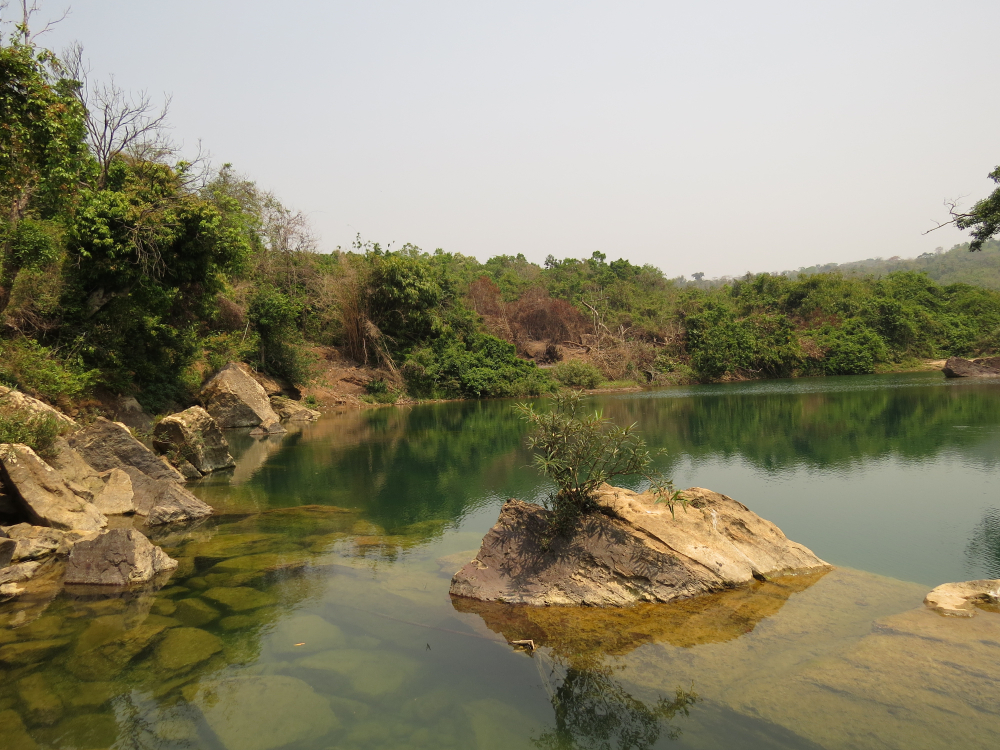Balpakram Overview
Balpakram National Park, known locally as “Abode of Perpetual Winds,” is a mesmerizing natural sanctuary in the South Garo Hills district of Meghalaya, India. Encompassing an area of approximately 85 square miles (220 square kilometers), this park is a treasure trove of biodiversity and geological marvels. Balpakram is celebrated for its dramatic terrain of steep cliffs, deep gorges, limestone formations, and lush vegetation, earning it comparisons to the Grand Canyon for its rugged beauty. At an altitude ranging from 300 to 1,000 meters above sea level, the park offers an enchanting mix of subtropical and tropical forest landscapes, interspersed with grasslands and vibrant flowering plants that captivate visitors year-round.
The park’s terrain is a showcase of nature’s artistry, with towering cliffs like the Siju limestone cliffs and the awe-inspiring Balpakram Gorge. Balpakram’s unique geological features include the Chitmang Hill and the enigmatic “Black Diamond” rocks, thought to possess mystical properties by local tribal communities. Rivers such as the Simsang and Mahadeo cut through the park, adding life to its pristine environment and forming waterfalls like the Rongdong Falls, which is a sight to behold during the monsoon season.
Balpakram is a haven for wildlife enthusiasts and bird watchers. It supports a rich variety of fauna, including rare and endangered species. The park is home to charismatic mammals such as the red panda, the Asian elephant, the Bengal tiger, and the clouded leopard. The golden cat and the Indian bison (gaur) are also frequently sighted. Its avian diversity is equally remarkable, with over 200 bird species recorded, including hornbills, great Indian hornbills, and the blue-throated barbet. The park’s vibrant ecosystem also shelters reptiles, amphibians, and countless insect species, including dazzling butterflies.
Visitors to Balpakram often come to experience its unique cultural and spiritual significance. The local Garo tribes believe the park to be a sacred land, the “Land of Spirits,” and many sites within the park are associated with their mythology. Highlights include the Boldak Matchu Karam, believed to be a fossilized human footprint, and the Chidimak Lake, which holds sacred importance. These mystical elements add a spiritual dimension to the natural splendor of Balpakram.
Tourists can explore the park through guided treks, wildlife safaris, and bird-watching expeditions. Seasonal camping opportunities offer an immersive experience in the heart of nature. The best time to visit is during the cooler months from October to March when the weather is pleasant and wildlife is more active. However, monsoon visits can reveal the park’s waterfalls and lush greenery at their most spectacular.
Conservation efforts in Balpakram are ongoing, with challenges such as habitat degradation, poaching, and human-wildlife conflicts. The park management, in collaboration with local communities, has implemented measures to protect its unique biodiversity. Ecotourism initiatives are helping to raise awareness and generate funds for conservation, while the involvement of indigenous tribes ensures sustainable practices that honor traditional values.










































































